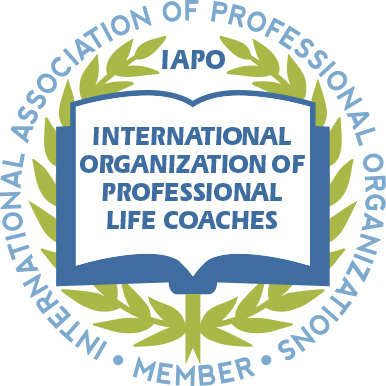The question of whether vision or strategy should come first is a topic of much debate in the realm of business and organizational management. Some argue that a compelling vision should precede the development of strategy. Others advocate for the formulation of a robust strategy as a precursor to defining an achievable vision. Today, we discuss the significance of both and explore the interplay between the two. We also offer insights into the sequence that best serves the interests of organizations in charting a path towards sustainable success and growth.
Vision: Inspiring Purpose and Direction
Those who believe that vision should come first argue that it serves as the cornerstone of organizational success.
A well-articulated vision encapsulates the long-term aspirations, purpose, and core values of an organization, setting the stage for clarity, inspiration, and alignment of efforts.
By defining the desired future state and the overarching mission, it provides a sense of purpose. It also ignites motivation and guides strategic decision-making. At times, it can act as a unifying force, rallying stakeholders around a common cause and fostering a shared commitment to a collective goal.
It may also provide clarity on the organization’s identity, its raison d’être, and the impact it seeks to create in the world.
Learn More About Creating a Vision for Your Business
A compelling vision not only inspires employees, customers, and investors but also shapes the culture, values, and priorities of an organization.
In this view, strategy is seen as the means to achieve the vision, with the vision acting as the anchor that informs and shapes the nature and direction of strategic choices.
Strategy: Driving Action and Implementation
Those who believe that vision should come second argue that a well-defined strategy is essential. Without one, it is not possible for organizations to navigate the competitive landscape and achieve their long-term goals.
According to this perspective, a clear and robust strategy must follow. It provides a roadmap for how an organization plans to move ahead. This includes leveraging its strengths and addressing weaknesses. It also involves capitalizing on opportunities and mitigating threats to achieve sustainable growth and competitive advantage.
Learn More About Strategic Planning
A strategic planning process involves conducting a thorough analysis of the internal and external environment. It also requires setting SMART (Specific, Measurable, Achievable, Relevant, Time-bound) goals, and formulating integrated plans of action.
Organizations lay the groundwork for success through 3 specific actions:
- identifying key priorities.
- allocating resources strategically.
- developing a coherent plan to achieve desired outcomes.
A compelling vision may emerge naturally as a result of a well-crafted strategy, reflecting the organization’s strategic choices and market positioning.

The Interplay Between the Two
While the debate over which should come first continues, it is important to recognize that the relationship between the two is dynamic and iterative.
Rather than viewing them as strictly sequential, it may be more useful to see vision and strategy as mutually informing and reinforcing elements of organizational development and success.
A compelling vision can provide the overarching purpose and direction that guide strategic decisions and actions, while a well-defined strategy translates vision into tangible plans and initiatives.
The interplay between the two allows for continuous refinement and adaptation.
This ensures that both elements remain relevant, aspirational, and actionable in the face of evolving market dynamics and organizational needs.
Adopting an Iterative Approach to Vision and Strategy
The question of what comes first does not necessarily have one correct answer.
In fact, it is essential for organizations to remember this and strike a balance between the two.
Adopting an iterative approach that allows for refinement of both elements is critical to long-term success.
A compelling vision can inspire and anchor strategic choices. But a well-crafted strategy is required to bring it to life through actionable plans and initiatives.
By fostering a collaborative and inclusive process organizations can ensure alignment, commitment, and clarity.
In doing so, they can begin to drive sustainable growth, innovation, and success.
The sequencing of vision and strategy should vary based on organizational context and needs. Organizations can leverage both foundational elements to drive clarity, purpose, and alignment, ultimately leading to long-term success and impact.
Learn More About Digital Marketing, Product-Led Strategies and More
Thank you as always for reading.
If you haven’t yet subscribed, please visit KindCompassCoach and enter your email address so you never miss a post.
As Amazon Associates, we may receive a small commission (at no cost to you) for items purchased through links in this post.

Joan Senio is the founder of KindCompassCoach. Joan’s career includes clinical healthcare plus 20+ years as an executive in a nationwide health care system and 15 years as a consultant. The common threads throughout Joan’s personal and professional life are a commitment to non-profit organizations, mental health, compassionate coaching, professional development and servant leadership. Joan has had the privilege of mentoring early and mid-career professionals as well as current and future executives and leaders. She is a member of the International Organization of Life Coaches, serves as a thought-leader for KuelLife.com and is also a regular contributor to PsychReg and Sixty and Me. You can read more about Joan here: Joan Senio.





No Responses